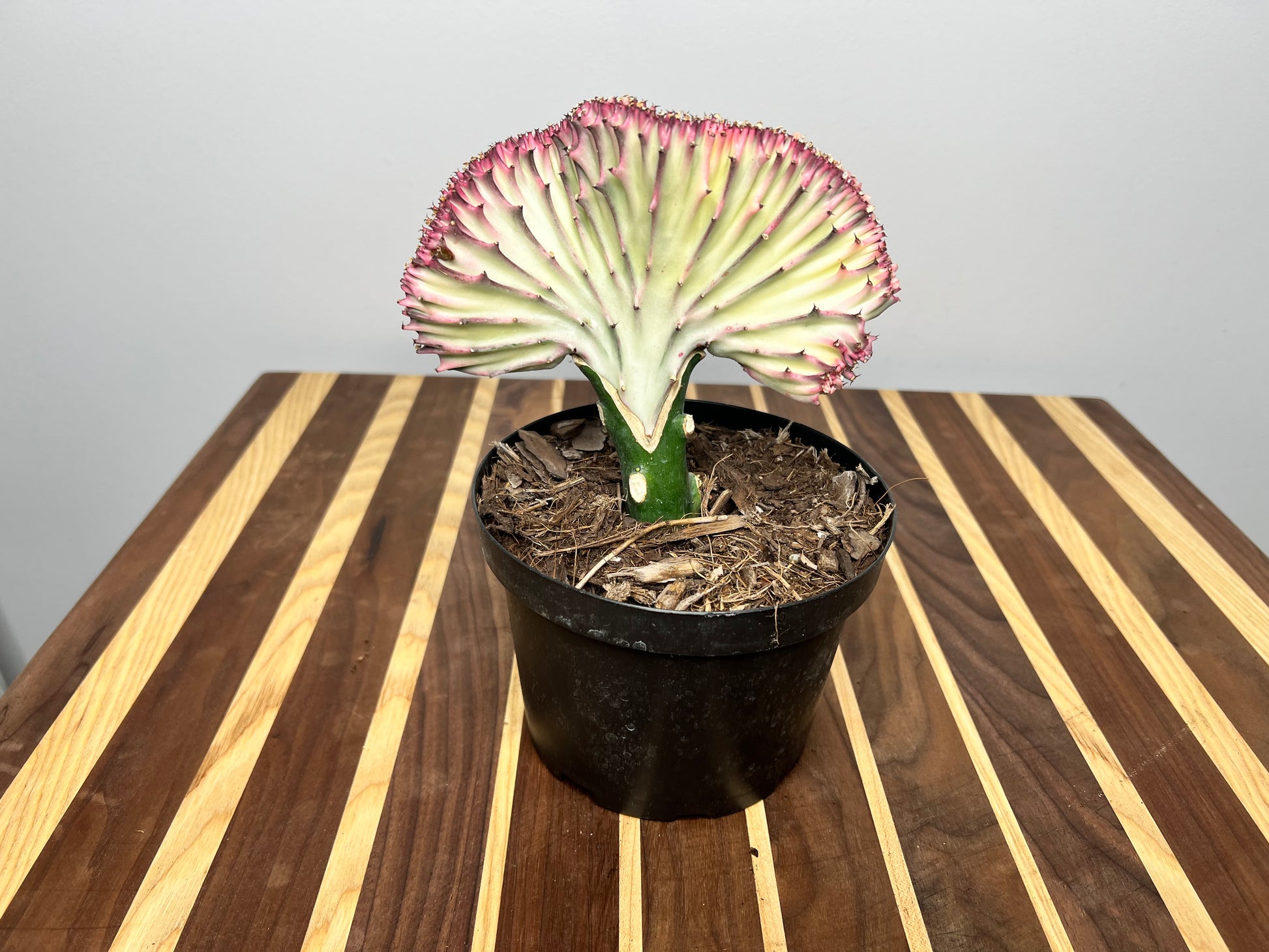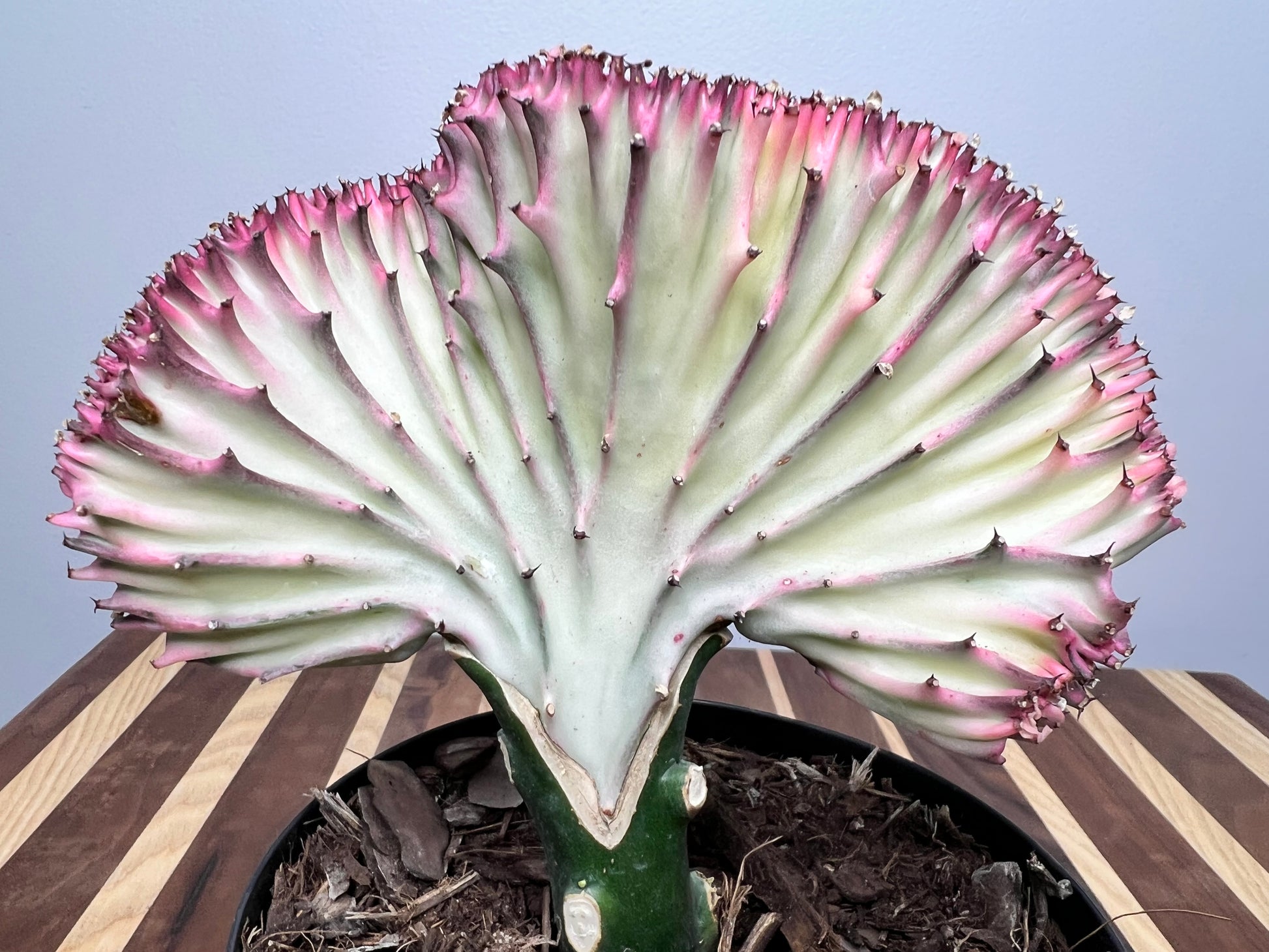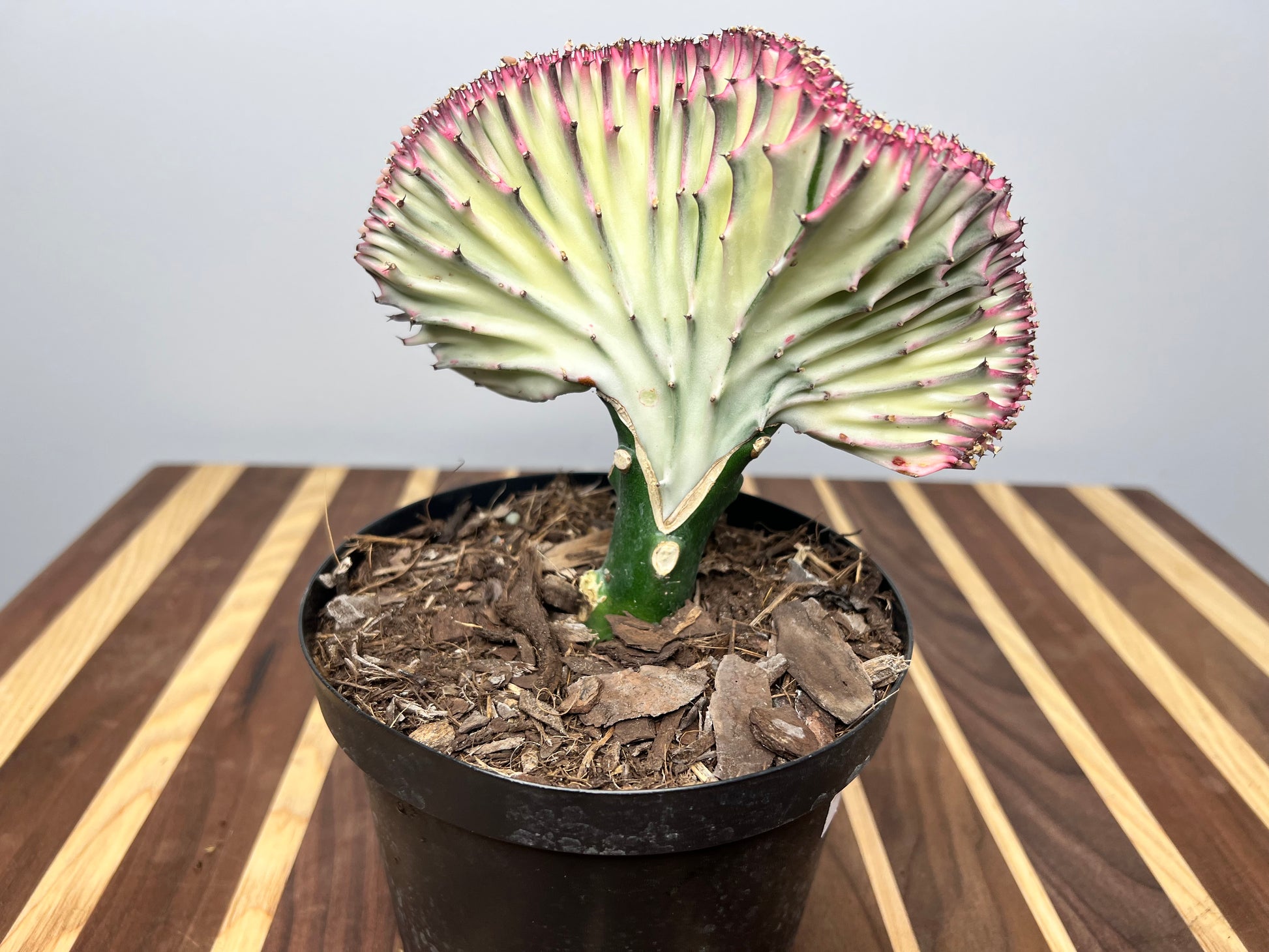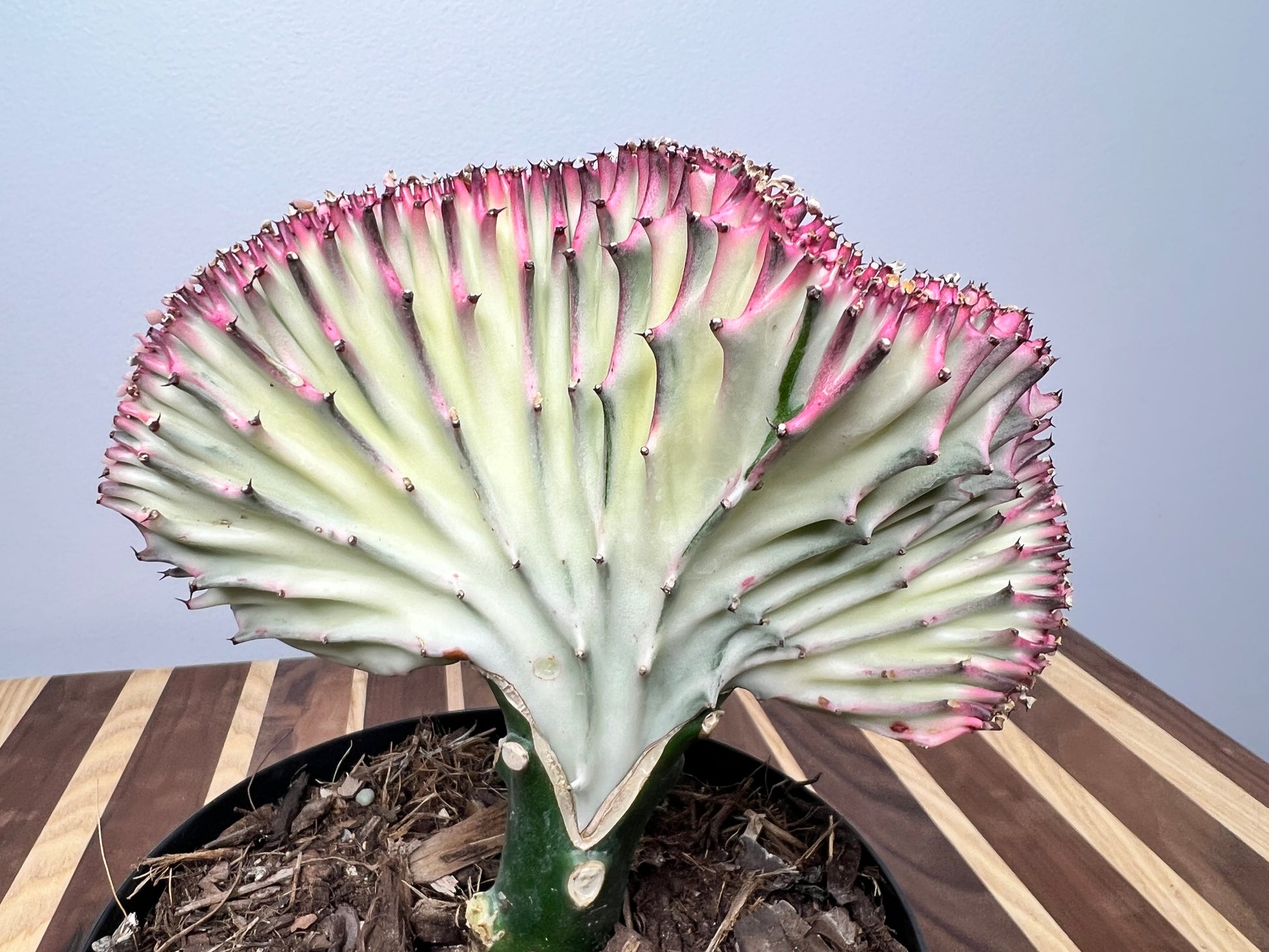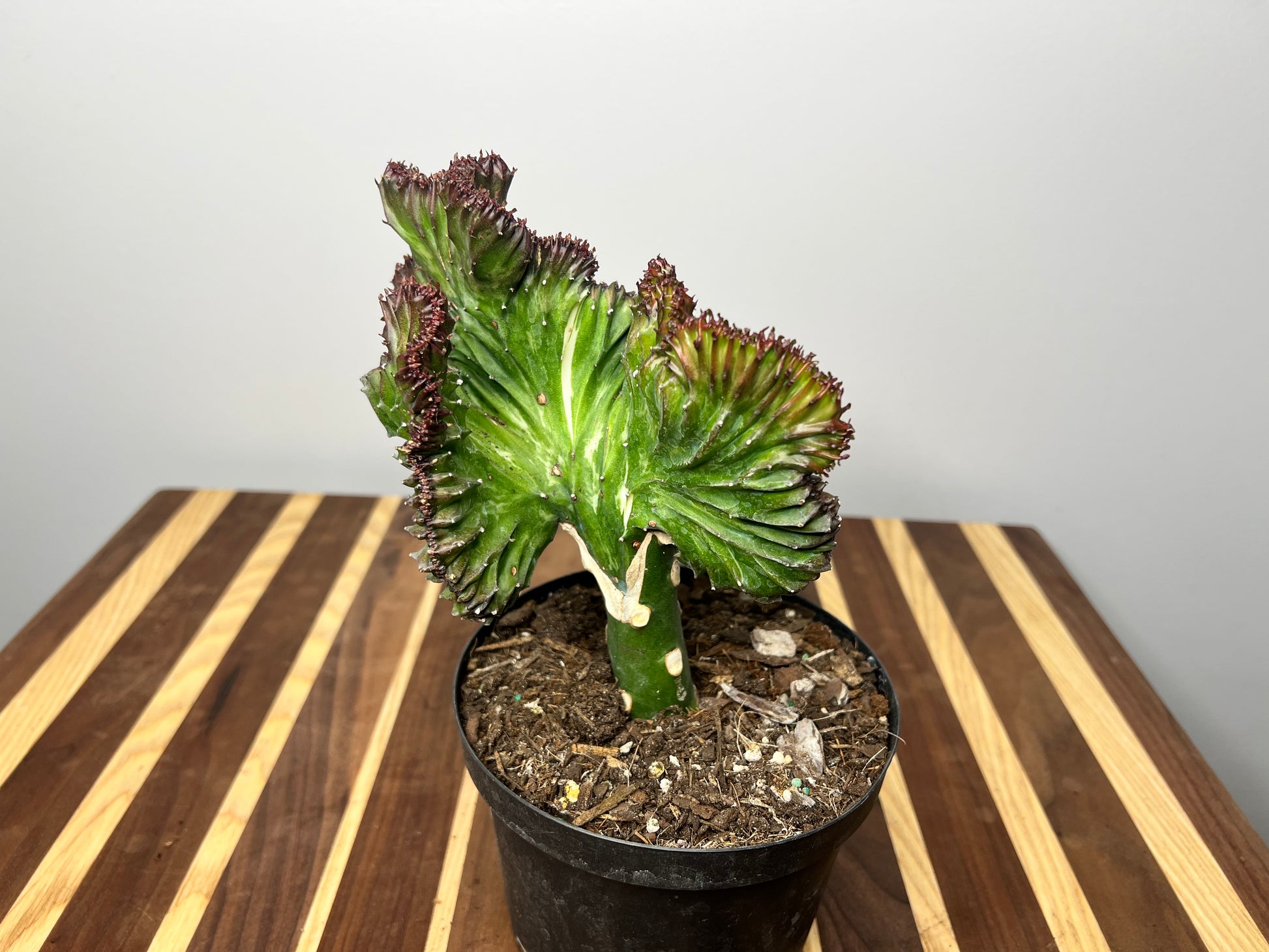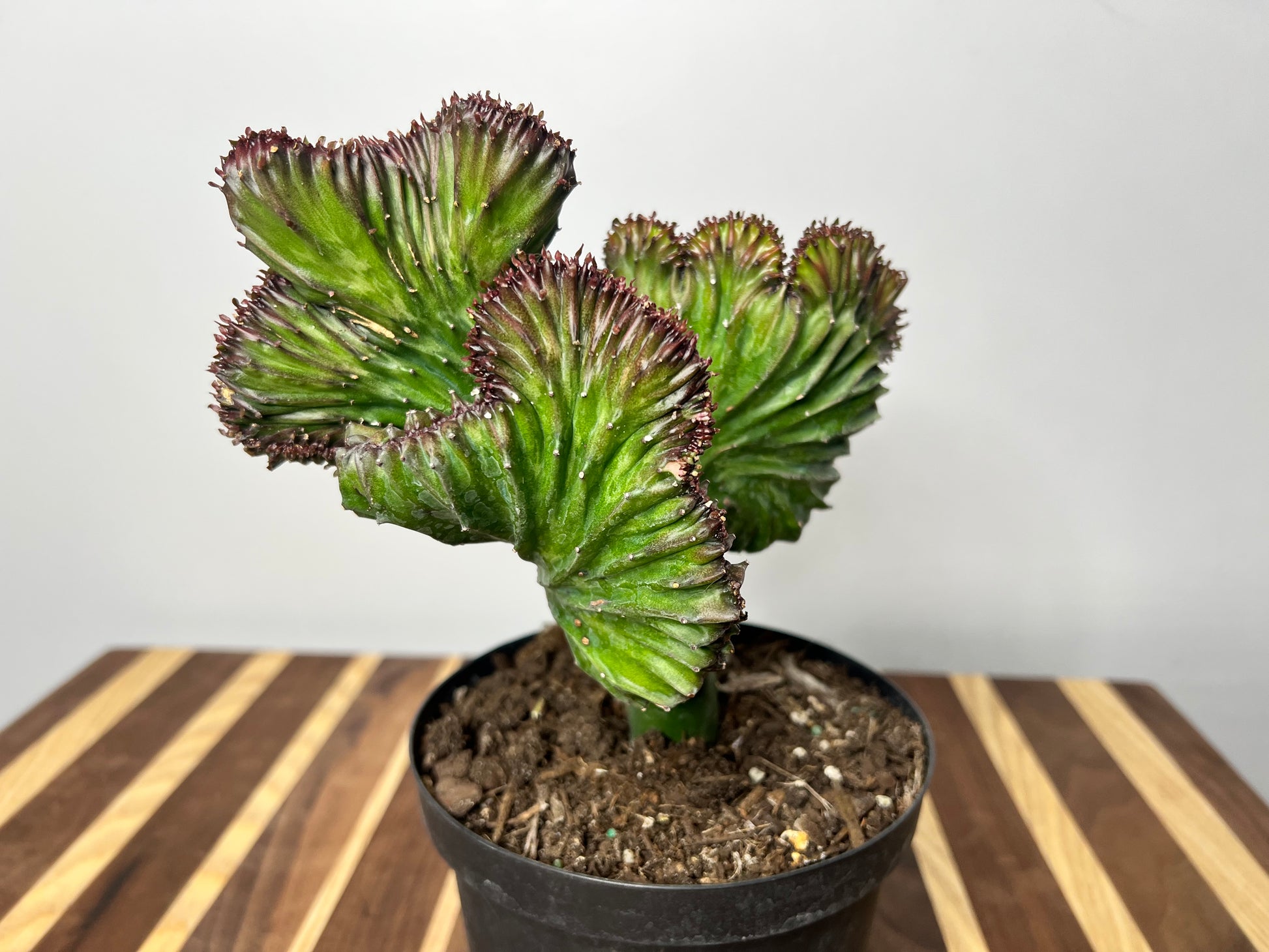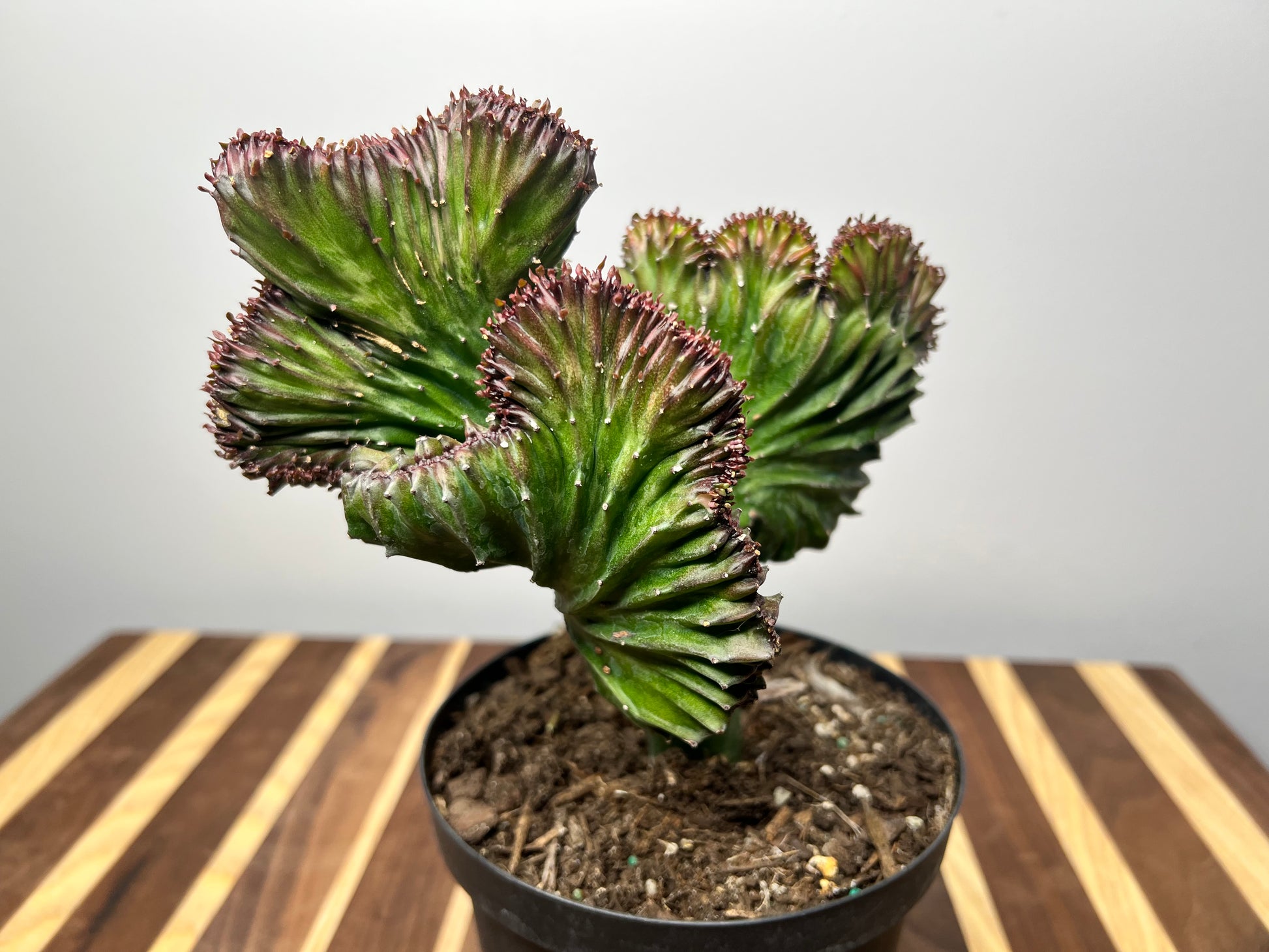The Rooted Plant Shop
Mermaid Tail- Euphorbia Lactea 6”
Mermaid Tail- Euphorbia Lactea 6”
Couldn't load pickup availability
It's incredibly rare and would make for the perfect addition to any succulent collection.
The coral cactus (Euphorbia lactea var. cristata), also known as the crested Euphorbia or frilled cactus, is a unique and visually striking plant with wavy, fan-like growth patterns. While it has the look of a cactus, it belongs to the Euphorbia genus, which means it has different care needs than true cacti. Here's how to care for your coral cactus:
1. Light:
- Bright, indirect light is best. Coral cacti can tolerate some direct sunlight, but too much can cause sunburn, especially in the hotter months. Ideally, place it near a window with plenty of filtered light. If kept in lower light, it may become leggy and lose its compact, attractive shape.
2. Watering:
- Water sparingly. Like other succulents, coral cacti prefer to dry out between waterings. Water the plant thoroughly when the top inch or two of the soil is dry. Be sure the pot has good drainage, as standing water can lead to root rot.
- In the growing season (spring and summer), you can water more frequently, but cut back in fall and winter when the plant is dormant and needs less water.
3. Soil:
- Use a well-draining cactus or succulent soil mix. You can also amend regular potting soil with sand or perlite to improve drainage. This helps prevent root rot, as coral cacti do not like to sit in moist soil.
4. Temperature:
- The coral cactus thrives in warm temperatures between 65°F and 85°F (18°C - 29°C). It is not frost-tolerant, so it should be kept indoors or moved to a warm location if you live in a colder climate. Avoid temperatures below 50°F (10°C).
5. Humidity:
- Coral cacti prefer low to moderate humidity. They're adapted to dry conditions, so they should be kept in an environment with good air circulation and not in overly humid areas.
6. Fertilizing:
- During the growing season (spring and summer), feed the coral cactus with a diluted, balanced fertilizer or a cactus-specific fertilizer once a month. You can reduce or stop fertilizing in the fall and winter when the plant is not actively growing.
7. Repotting:
- Repot the coral cactus every 2-3 years or when it outgrows its pot. Be careful when handling the plant, as it can produce a toxic sap that may irritate your skin. Wear gloves when repotting.
8. Toxicity:
- Toxic sap: Like many Euphorbias, coral cacti produce a milky, toxic sap. Avoid direct contact with the sap, as it can irritate your skin and eyes. If the sap comes into contact with your skin, wash the affected area immediately with soap and water.
9. Propagation:
- Coral cacti can be propagated through stem cuttings. To do so:
- Cut a healthy branch from the plant using sterilized scissors or pruning shears.
- Let the cut end callus over for a few days to reduce the risk of rot.
- After the cut end has dried, plant it in well-draining soil. Keep it in a warm, bright location and water sparingly until roots form.
10. Pruning:
- Prune your coral cactus to maintain its shape or remove any damaged or unhealthy growth. Use sharp, sterilized scissors or pruning shears, and handle the plant carefully to avoid contact with its toxic sap.
By providing the right amount of light, water, and proper soil, the coral cactus can thrive and add a unique touch to your plant collection. Just be mindful of its toxic sap and care for it as you would other succulents—favoring dryness and good drainage!
Share
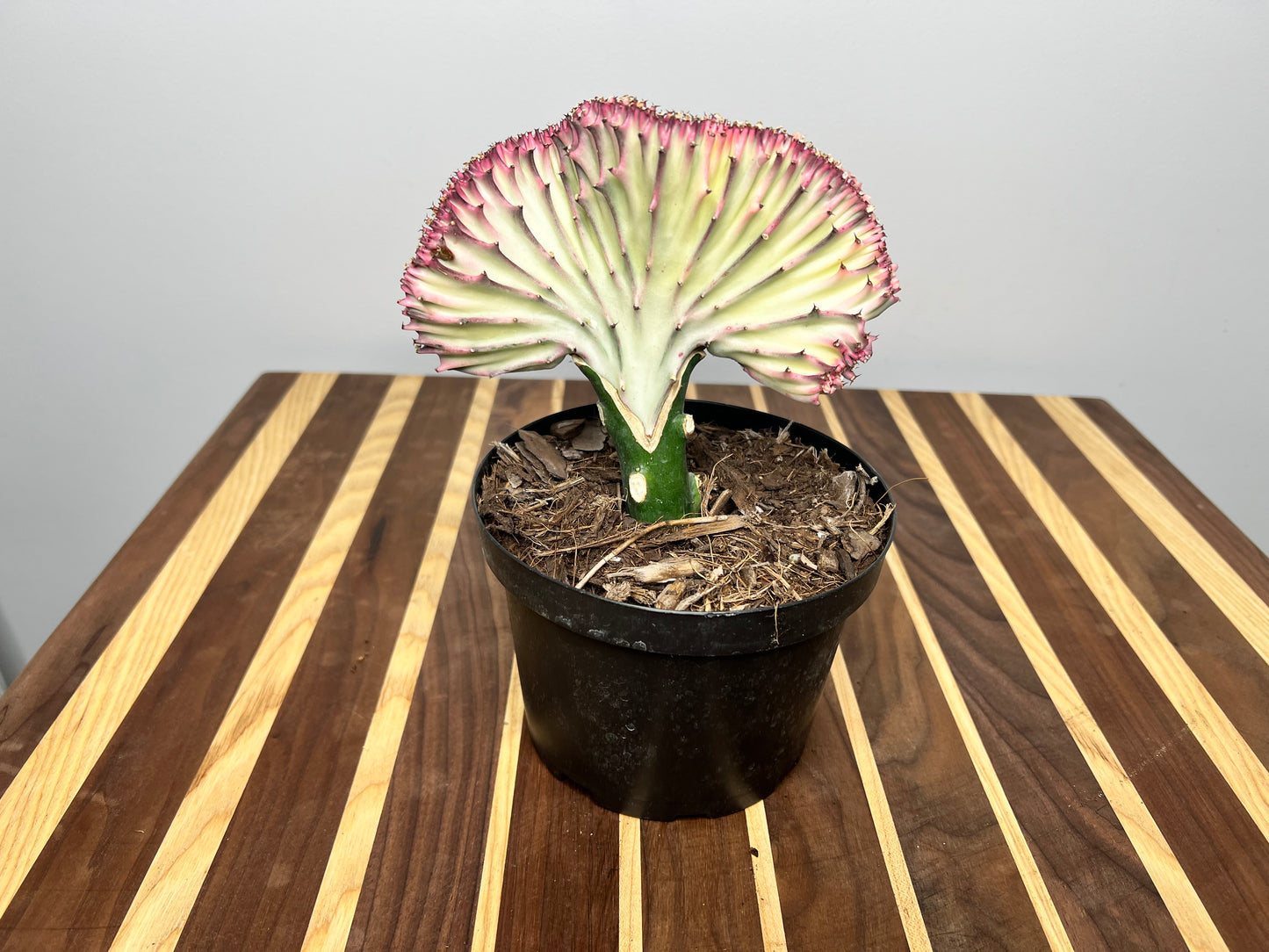
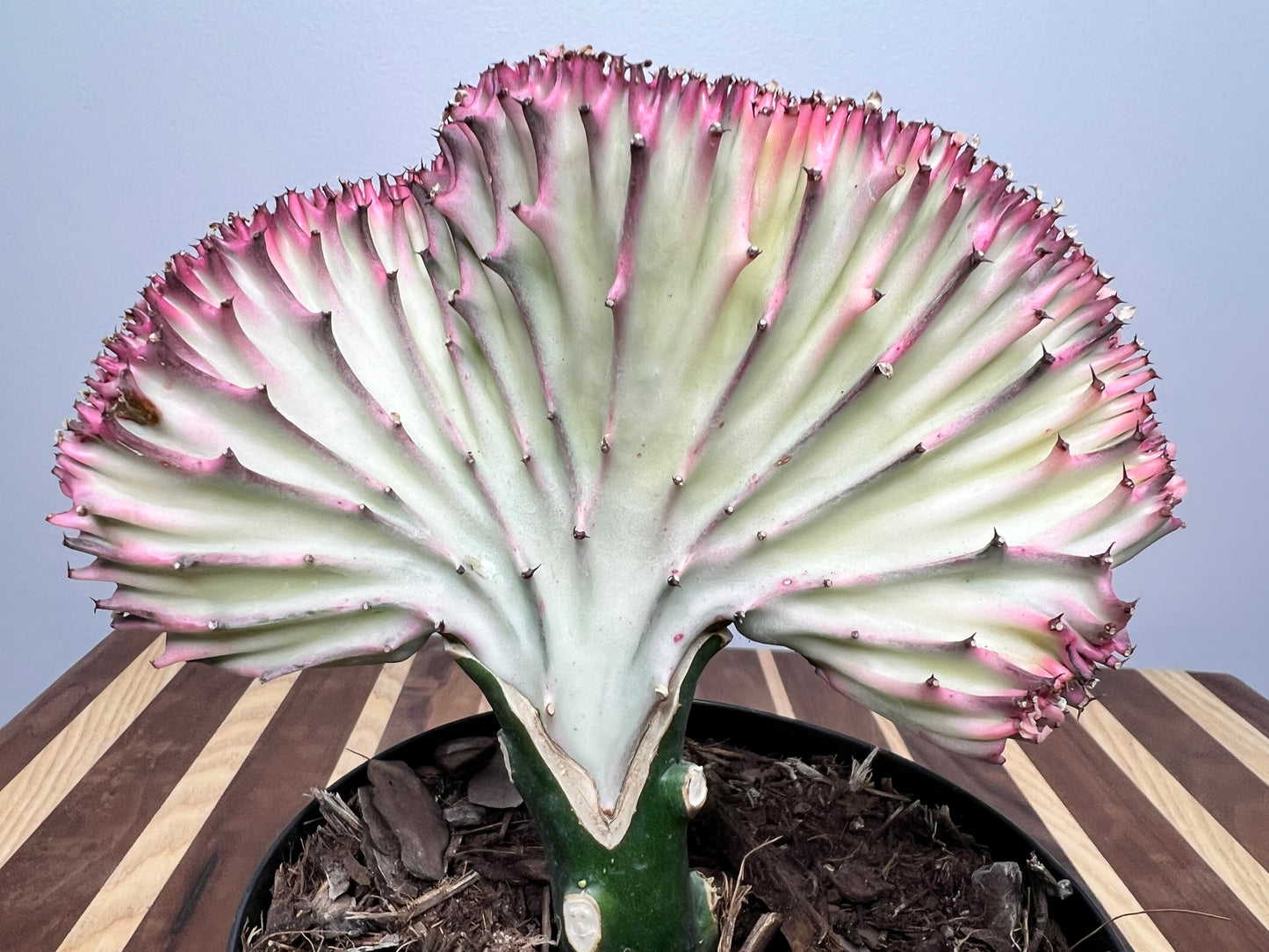
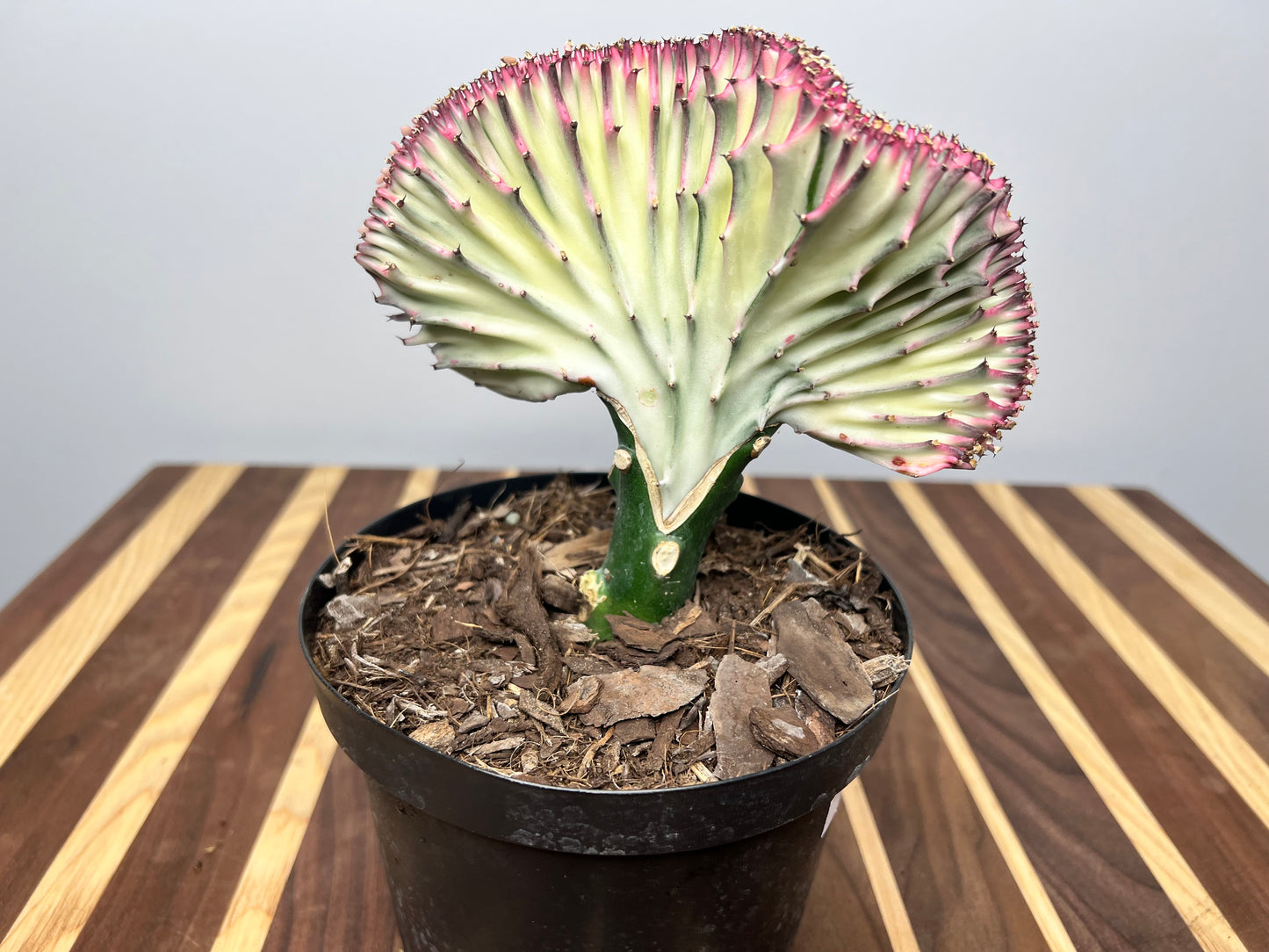
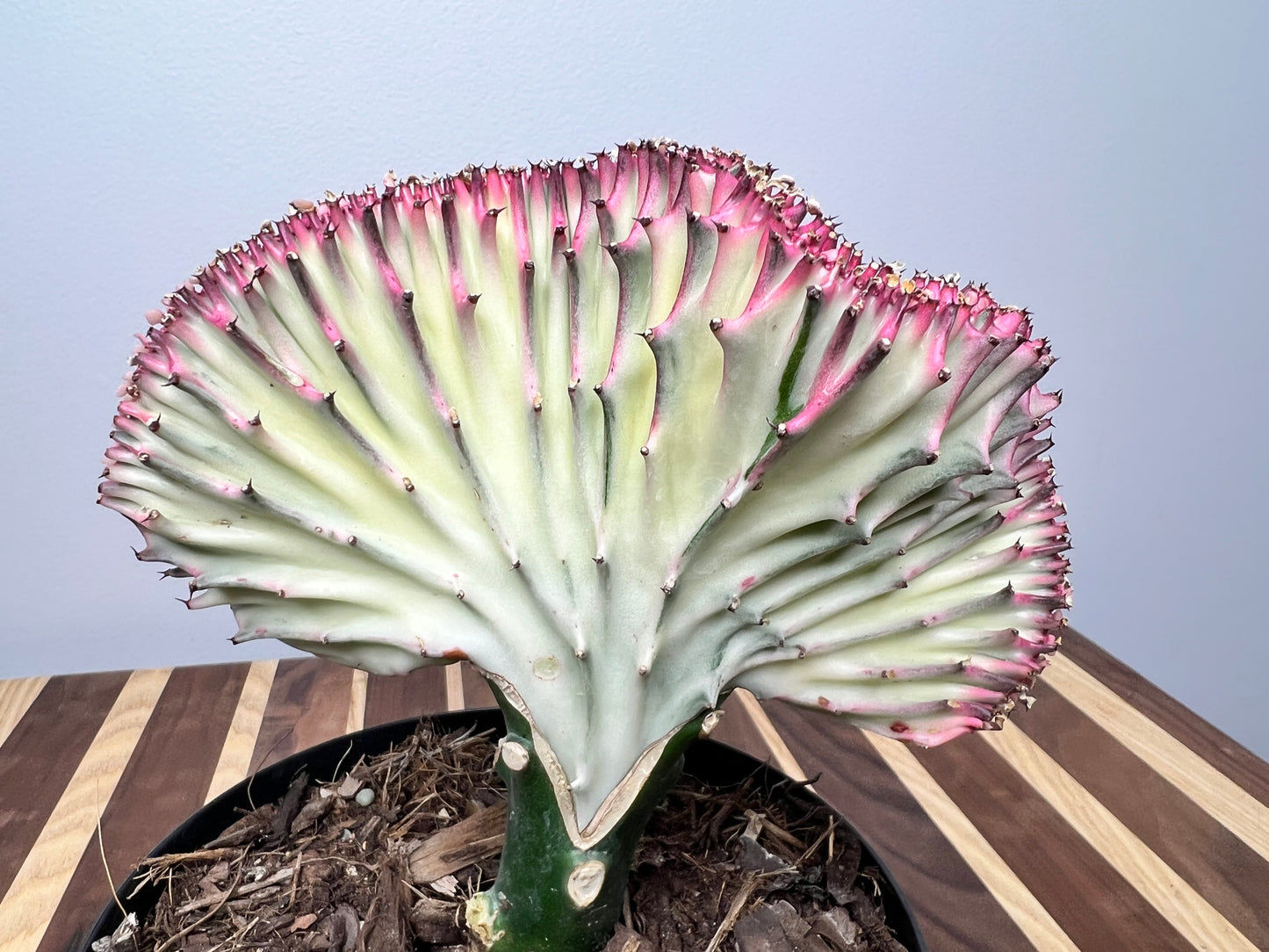
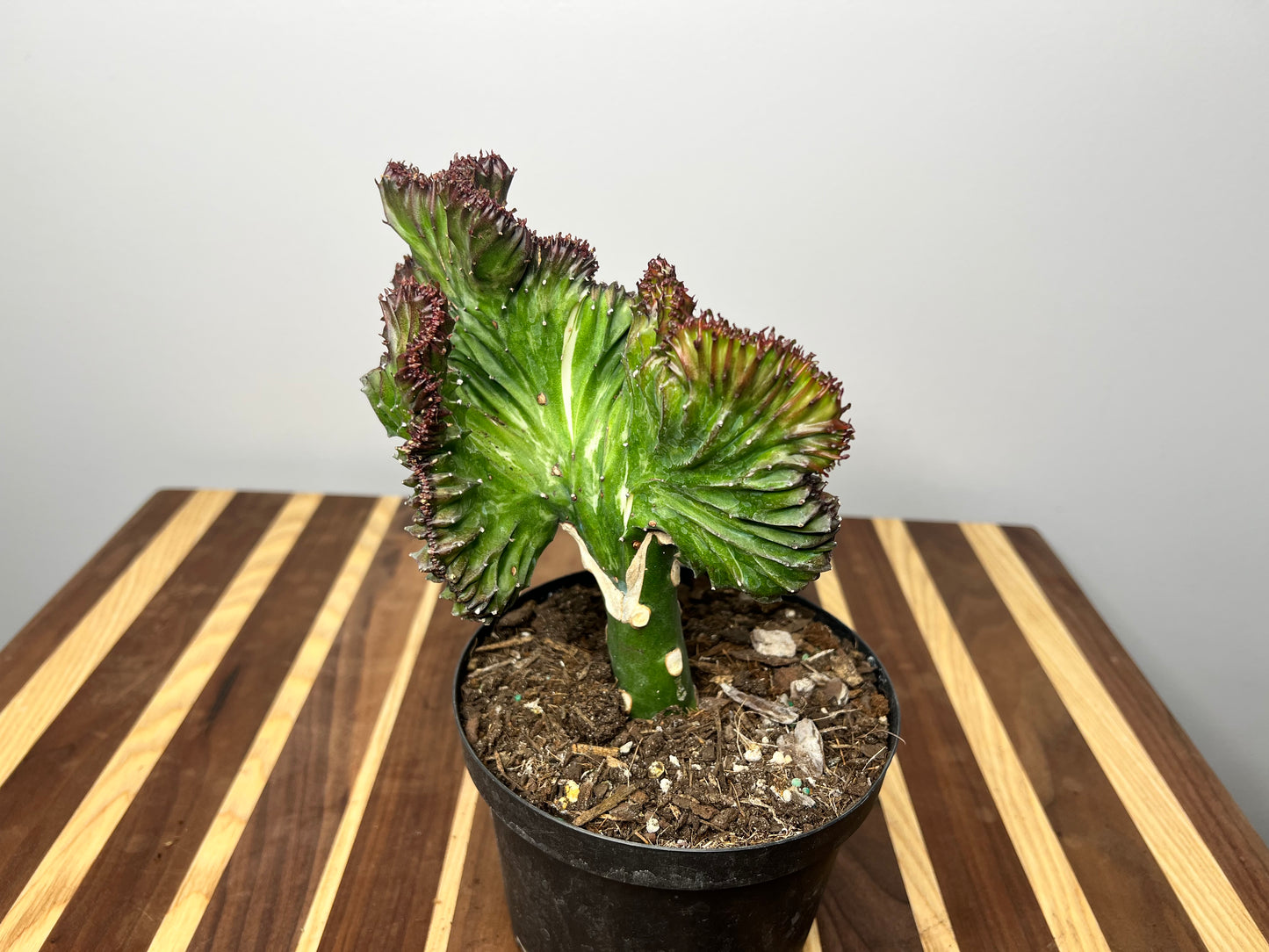
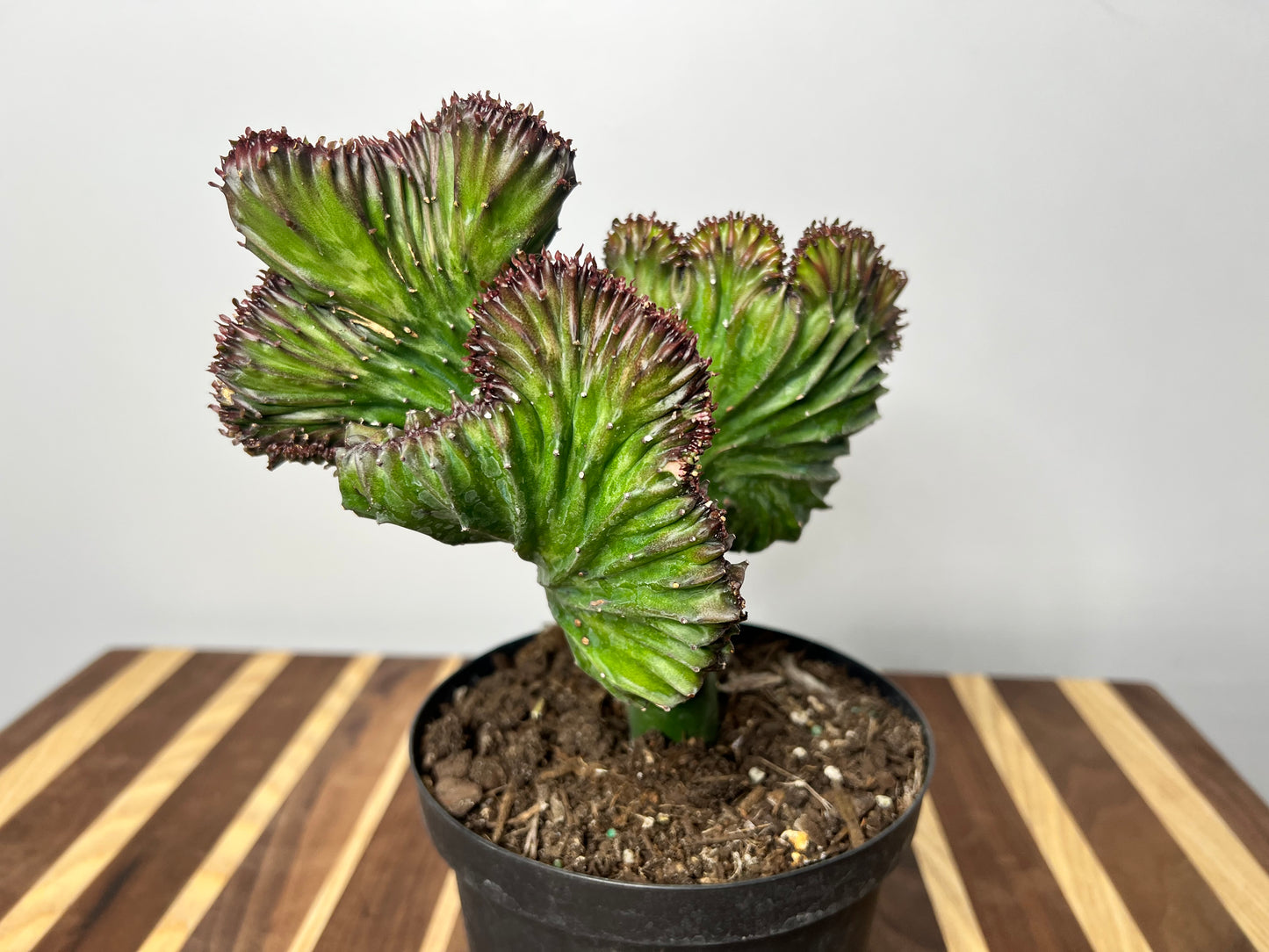
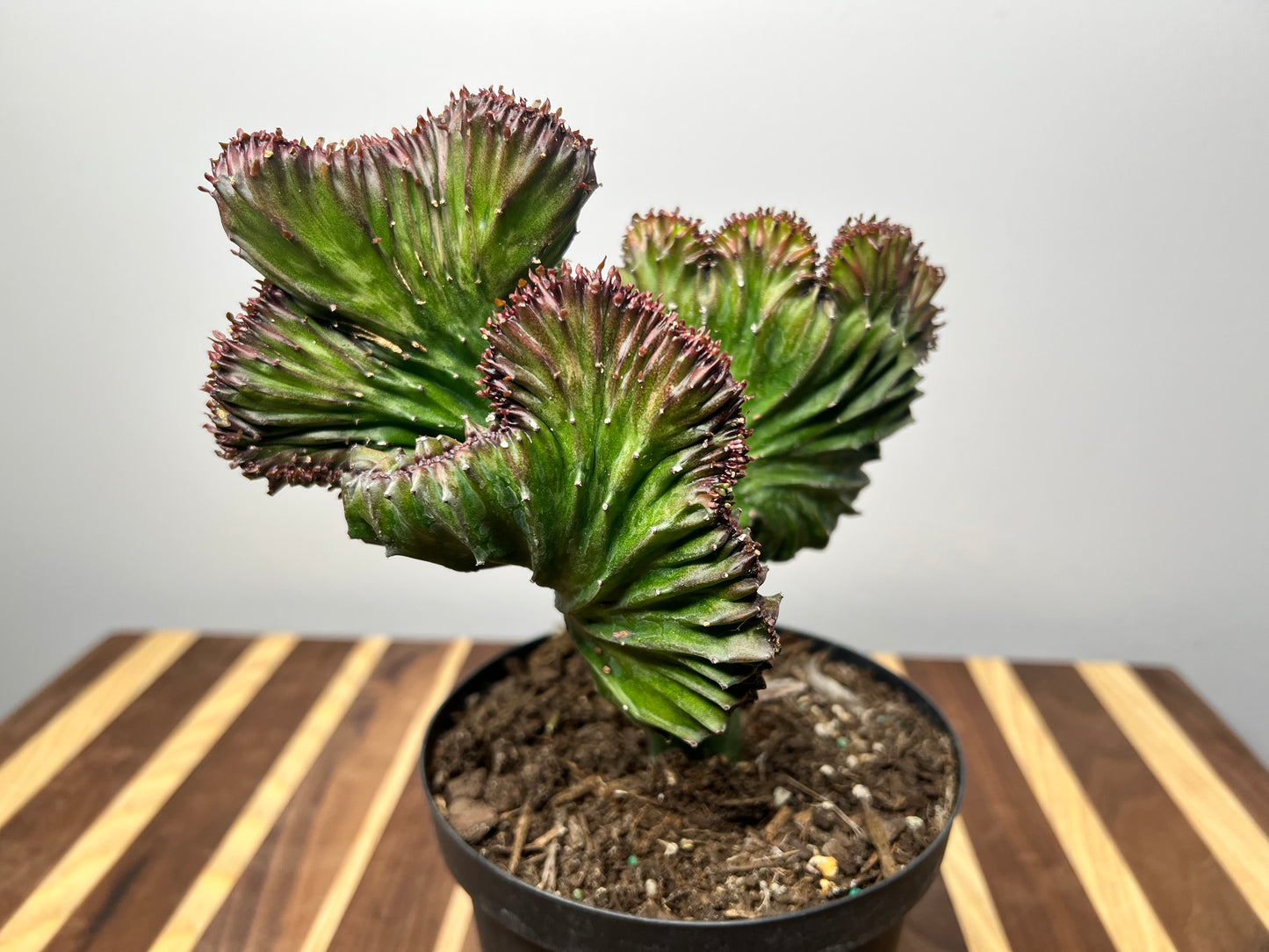
Let customers speak for us
from 357 reviewsMican’s are now my new favorite. I live in SC and the package was delivered in perfect shape. It was secure in the box. It’s currently doing great!

I love the tiny versions of things and this lil plant is no exception! Its beautiful! Arrived in perfect condition and was packaged wonderfully!

Received my stunning alocasia in just a few days and she’s adjusting nicely! I opted in for the safe weather shipping and it was packed well. I’ll definitely order from the rooted plant shop again. All because my TIK tok page told me to use 70% alcohol (which is a collection saving trick!)!!

This shop is top notch! Every plant arrives with perfect shipping care. If you follow the shop on social media you’ll learn so much!

Awesome plant , arrived very healthy and happy.

I love how my plants were so well packaged and arrived undamaged

I've had a lot of plants in my life, but this is probably the most unusual I've tried! I've also had quite a few real stones in my life as I grew up in a small family-owned gravel pit business! Melanie is so easy to work with, it is pleasure supporting her business.


